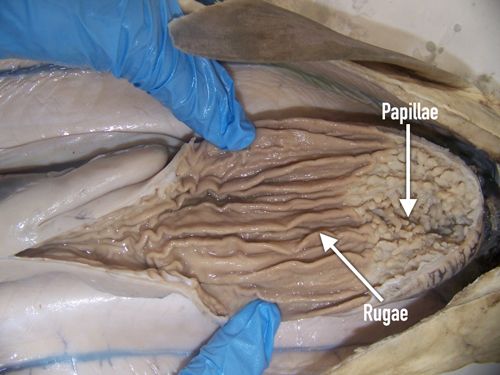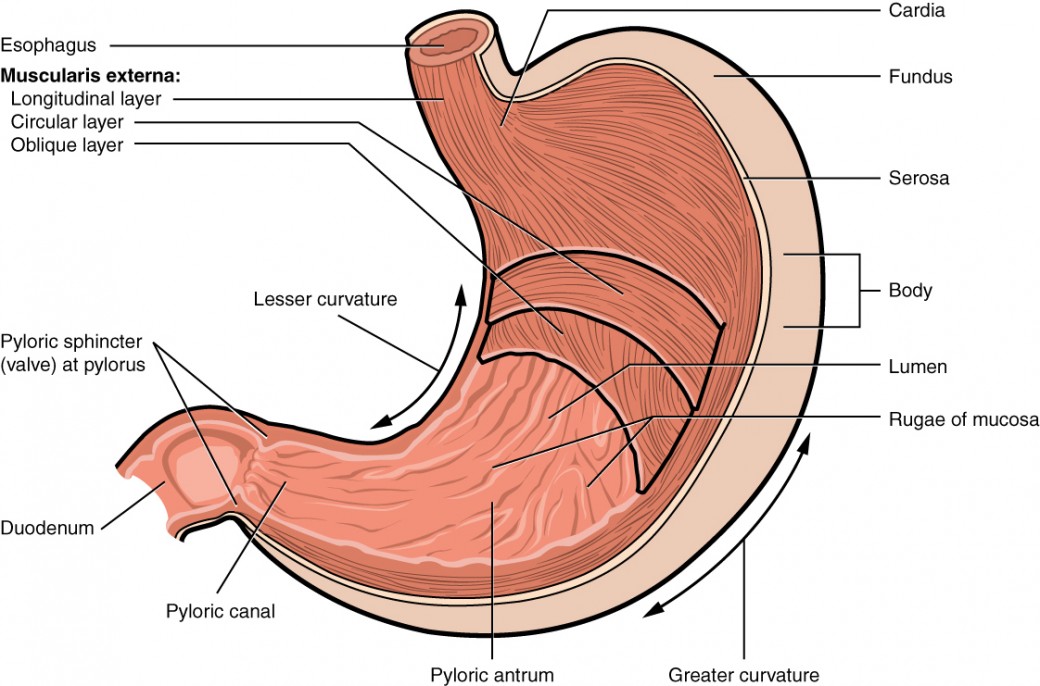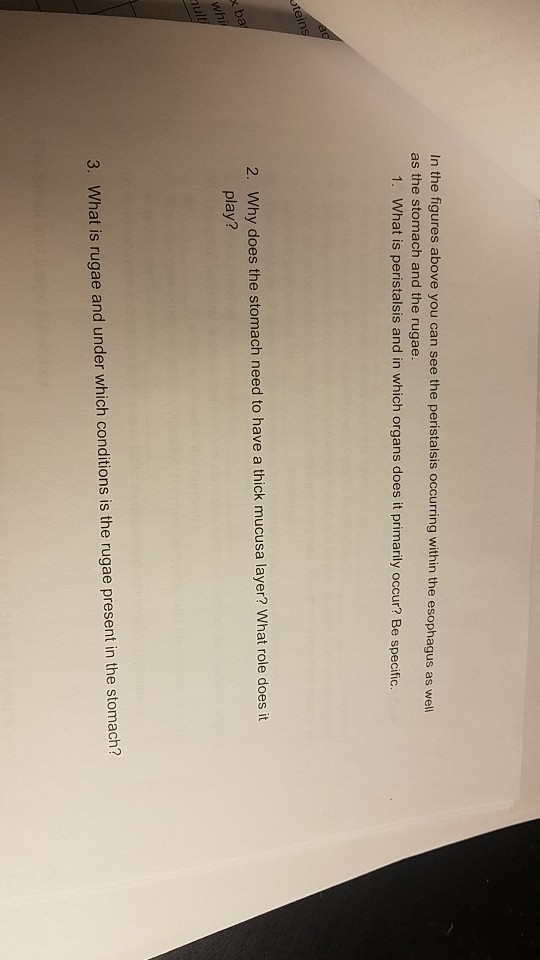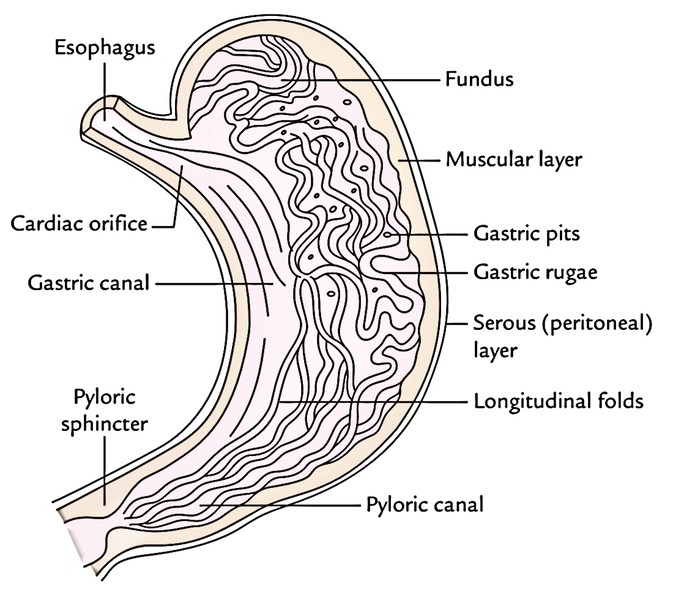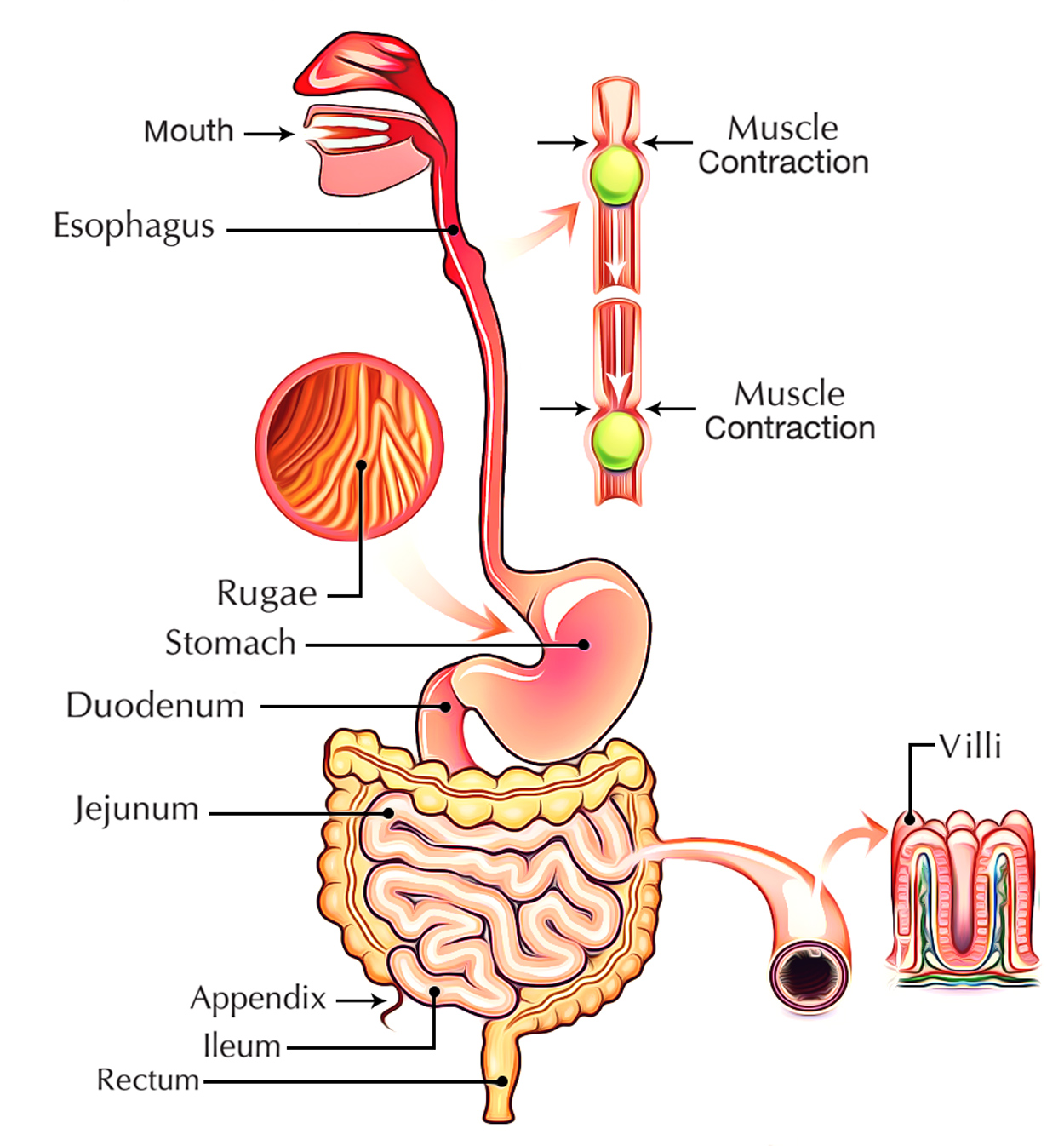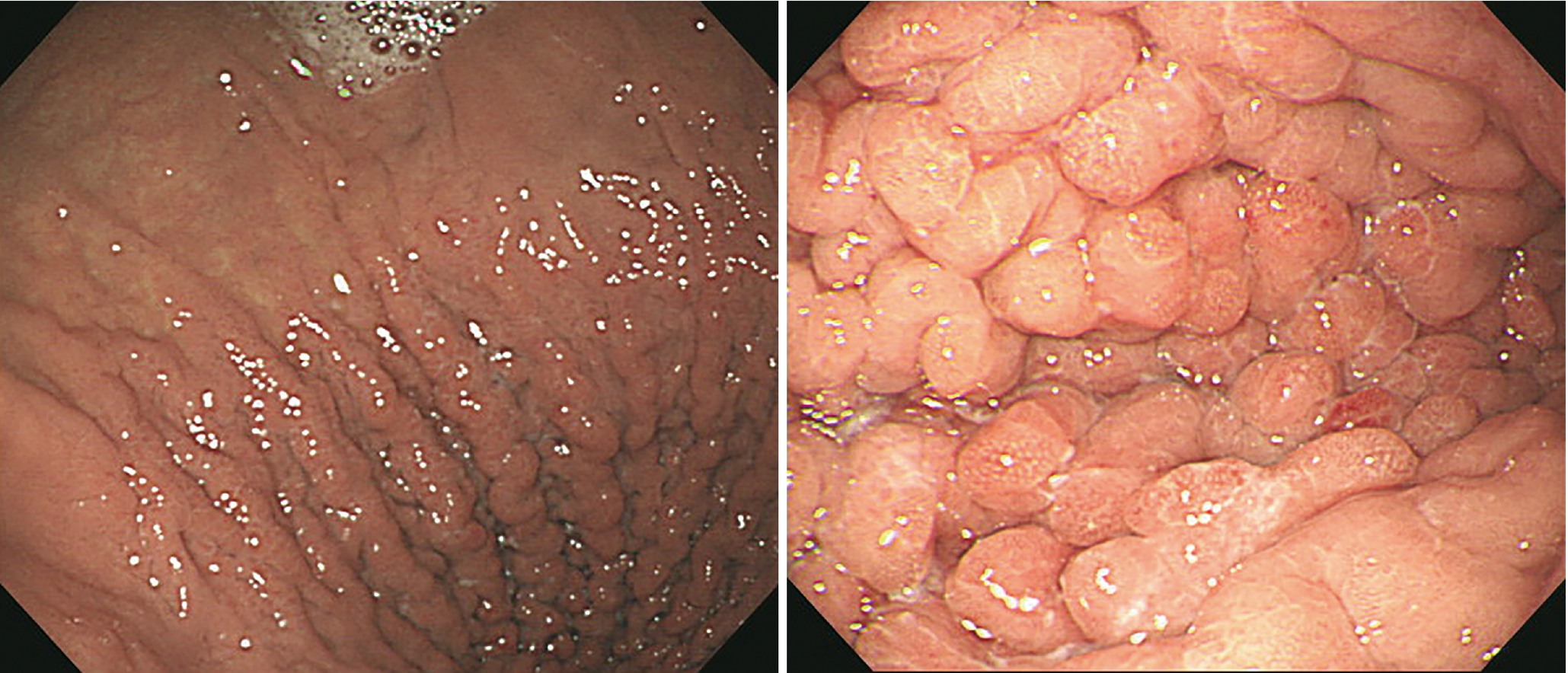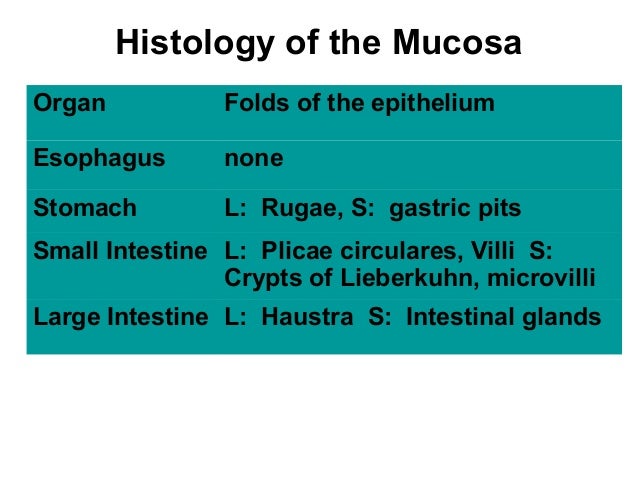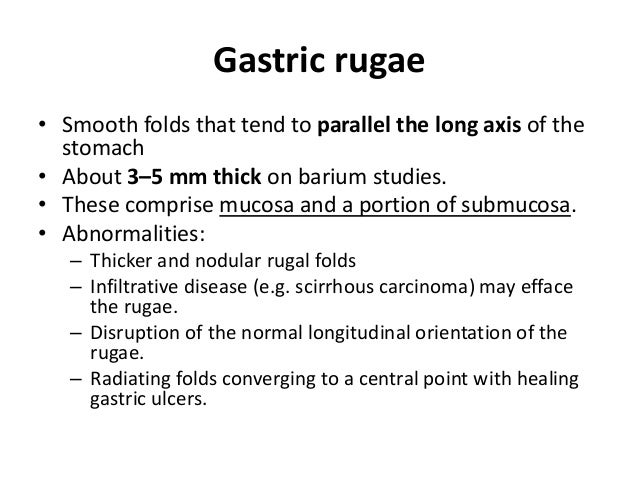What Is Rugae And Under Which Conditions Is The Rugae Present In The Stomach

The stomach is a structure that can expand and relax.
What is rugae and under which conditions is the rugae present in the stomach. Rugae folds behind the anterior teeth in the hard palate of the mouth. The appearance and presence of vaginal rugae change over the life span of females and are associated with hormonal cycles estrogens childbirth puberty and menopause during gynecological examination of prepubescent girls rugae can be visualized. Webmd defines gastric rugae as ridges of muscle tissue lining the stomach. They provide elasticity by allowing the stomach to expand when a bolus enters it.
In anatomy rugae are a series of ridges produced by folding of the wall of an organ. Rugae can be seen within stomach. Rugae are the specific undulations in the walls of the organs which are observed when the organs are deflated or in a relaxed state containing. These folds stretch outward through the action of mechanoreceptors which respond to the increase in pressure.
No tissue is elastic enough on its own to accommodate the needs of the stomach. The stomach muscles contract periodically churning food to enhance digestion. The stomach secretes acid and enzymes that digest food. The gastric folds or gastric rugae are coiled sections of tissue that exist in the mucosal and submucosal layers of the stomach.
Gastric rugae are folded in the stomach tissue when the stomach is not full. Irregular folds called rugae in the stomach and small finger like foldings called villi in the small intestine are modifications of choose answer. Gastric rugae are essential to the body s digestive system as stated by wikipedia. The vaginal rugae change after menopause in some older women the rugae are present but become flattened and difficult to see.
One of the most famous sets of rugae is the gastric rugae found on the inside of the stomach. When the stomach is empty the inside has small folds called rugae. These folds stretch outward through the action of mechanoreceptors which respond to the increase in pressure. Ridges of muscle tissue called rugae line the stomach.
Most commonly rugae refers to the gastric rugae of the internal surface of the stomach. The gastric folds or gastric rugae are coiled sections of tissue that exist in the mucosal and submucosal layers of the stomach. They also grip the food inside the stomach to help physically break. When the stomach is full the rugae unfold which allows the stomach to expand.






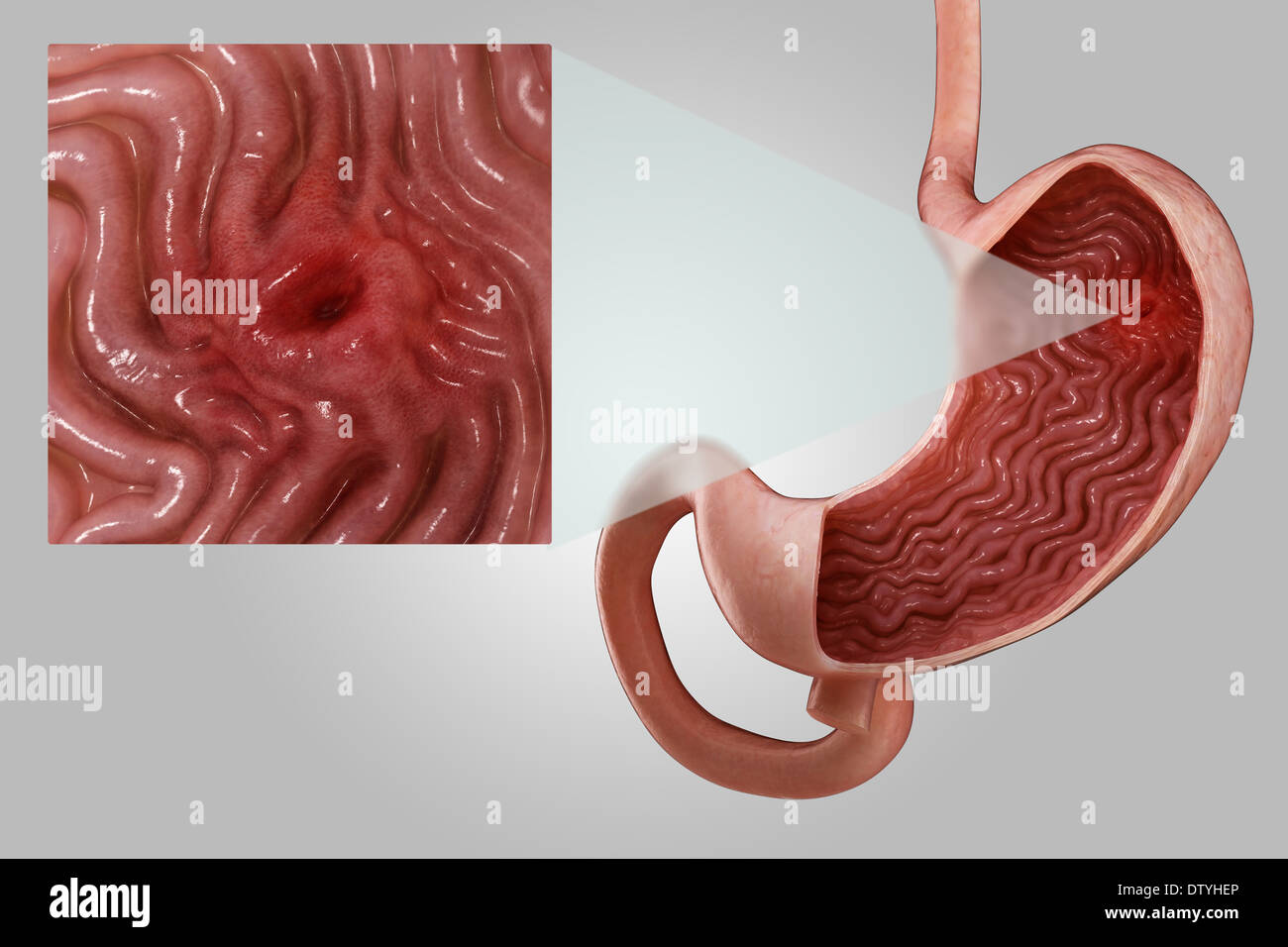

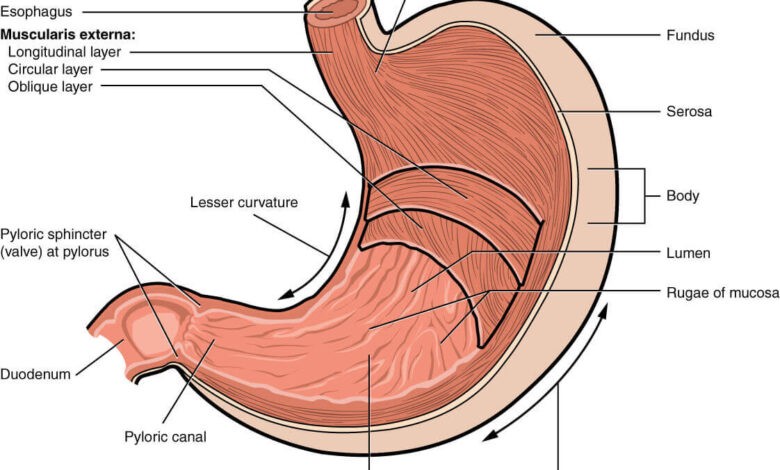
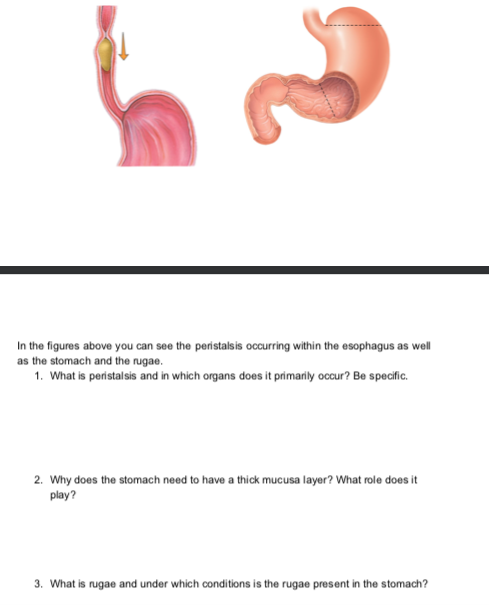




:background_color(FFFFFF):format(jpeg)/images/article/en/stomach-histology/IiEpFsCtd3a9uRmHrNcPiA_thumbnail.png)


